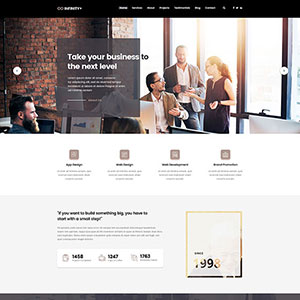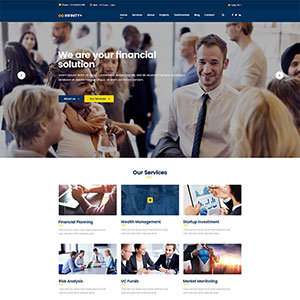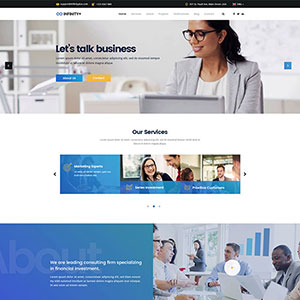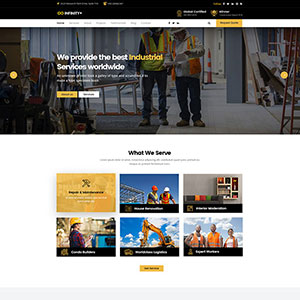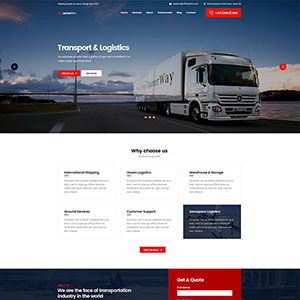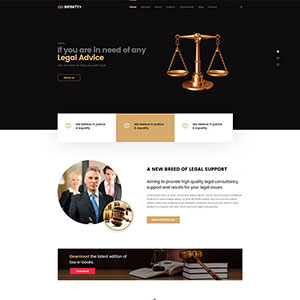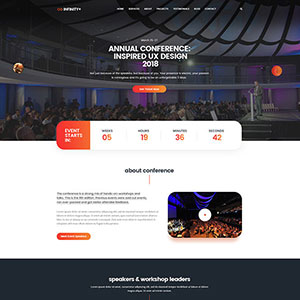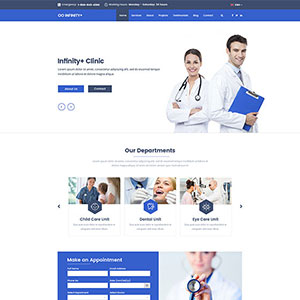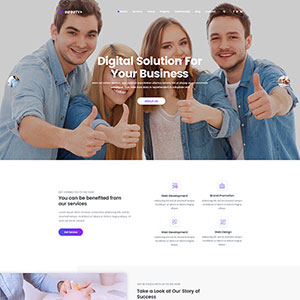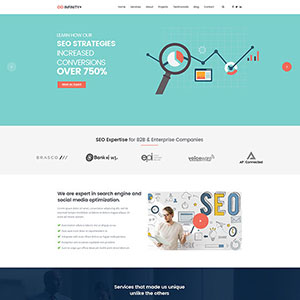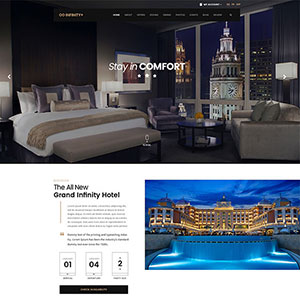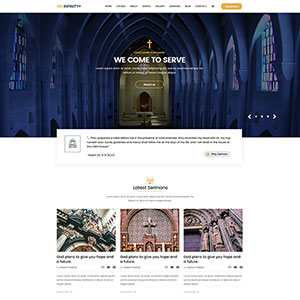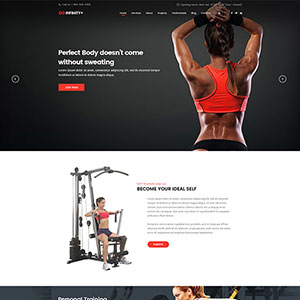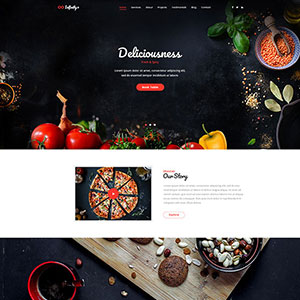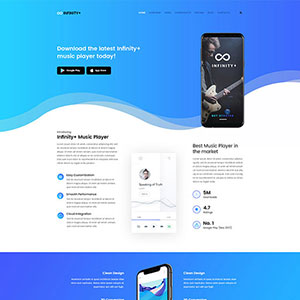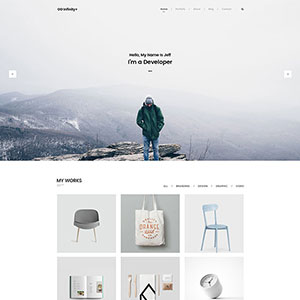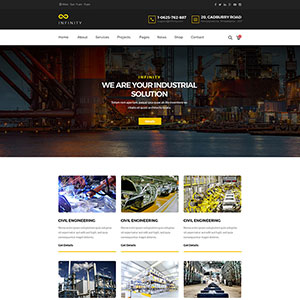A cost effective supply chain can be a competitive weapon. Companies such as Wal-Mart have reaped significant financial rewards from their skills in managing their supply chain costs. Even as the economy improves, manufacturers and retailers continue to seek ways to reduce their logistics costs and increase efficiencies.
As consultants who get to work with shippers on an ongoing basis, we continue to observe companies that are over-spending on logistics costs, particularly in the area of freight transportation. The opportunity for savings in freight costs goes undetected as a result of certain recurring patterns of behaviour or business paradigms, organization structure or a lack of knowledge of Best Practices. What are some telltale signs that may suggest the need for a transformation of the Transportation or Logistics function within an organization? Here are a few to consider:
ü Key categories of freight spend (e.g. fuel surcharges, line haul rates, accessorial charges) are sourced once without ongoing cost reduction or supplier development strategies other than re-bidding out of contracts prior to expiration
ü Freight costs are aggregated so that individual items (e.g. fuel surcharges) cannot be effectively tracked and analyzed over time
ü The company does not possess accurate and detailed data on the densities of its products and on the percentage of its freight in each density category
ü A formal freight RFP exercise has not been conducted in the past five years
ü The results from a recent freight bid produce savings in excess of 15 percent
ü The company has been using the same transportation providers for five or more years
ü The organization doesn’t track the implemented results of its sourcing efforts on a total freight cost and budget impact basis
ü The company’s freight audit team, whether internal or external, is not routinely identifying opportunities for cost savings in terms of process or freight charges
ü A disproportionate amount of freight is managed by a small group of core carriers
ü The company has limited-to-no supplier (risk) management resources in place
ü Communication with freight carriers is limited and non-collaborative
ü Freight bids are sent every few years to the same limited set of carriers
ü Freight carriers are passing along rate increases on an annual basis without detailed cost justification and during economic upturns and downturns
ü The company’s transportation management personnel have been in their jobs for 5 or 10 years or more and have been largely unsupervised most of the time
ü Inbound and outbound freight transportation are managed separately and not linked effectively
ü Senior management has limited expertise and knowledge in freight management
ü Senior management does not take freight management and procurement as seriously, on a comparative basis, as sales, production or IT, nor does it get a seat at the leadership table.
Do any of these issues resonate with you and your company? This may be good news and bad. The bad news is that your company may be overspending on freight and has probably done so for years. To correct years of neglect will require a transformation, not a tweaking. This is a significant undertaking. The good news is that a transformation in the management of the Transportation and/or Logistics function may represent an excellent opportunity for cost savings.
If the management of freight transportation in your company exhibits patterns that are consistent with five or more of the above listed issues, it is time to create a freight management transformation plan. While the plan often seems straight-forward, one interesting by-product is that its implementation can disrupt some aspects of this important business activity. More specifically it can change freight management’s overall role and structure. No company should enter a freight management/procurement transformation without realizing that such programs will nearly always result in:
- Restructuring and reorganization
- Potential turf battles with Purchasing, Sales and Customer Service
- Technology and process change
- Highlighting of past areas of neglect and/or poor organizational performance.
If you cannot do it on your own, reach out for help. The odds are the financial rewards will more than offset the costs. Once you have completed the transformation process, the reduced cost base will pay dividends for years to come.


